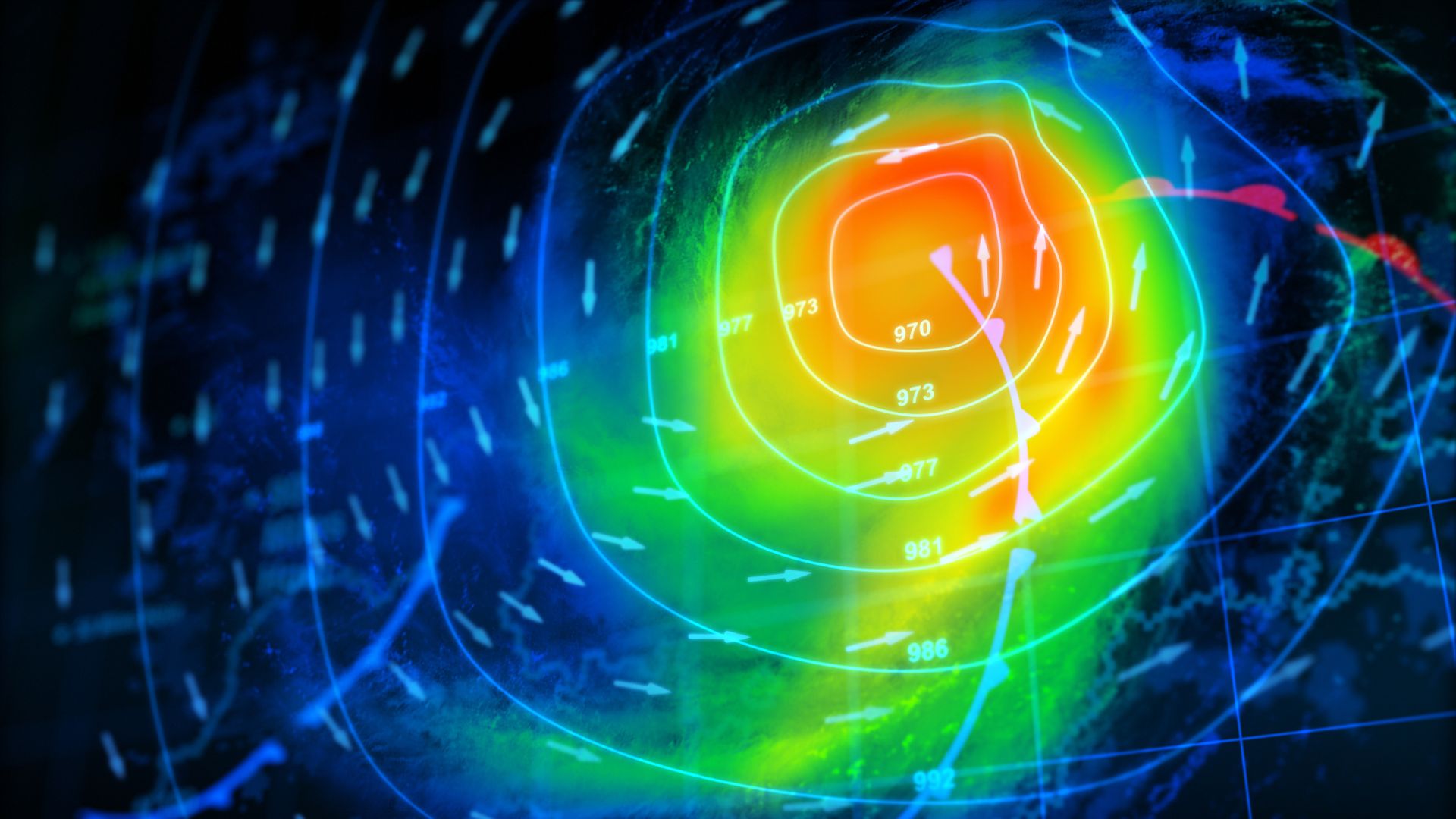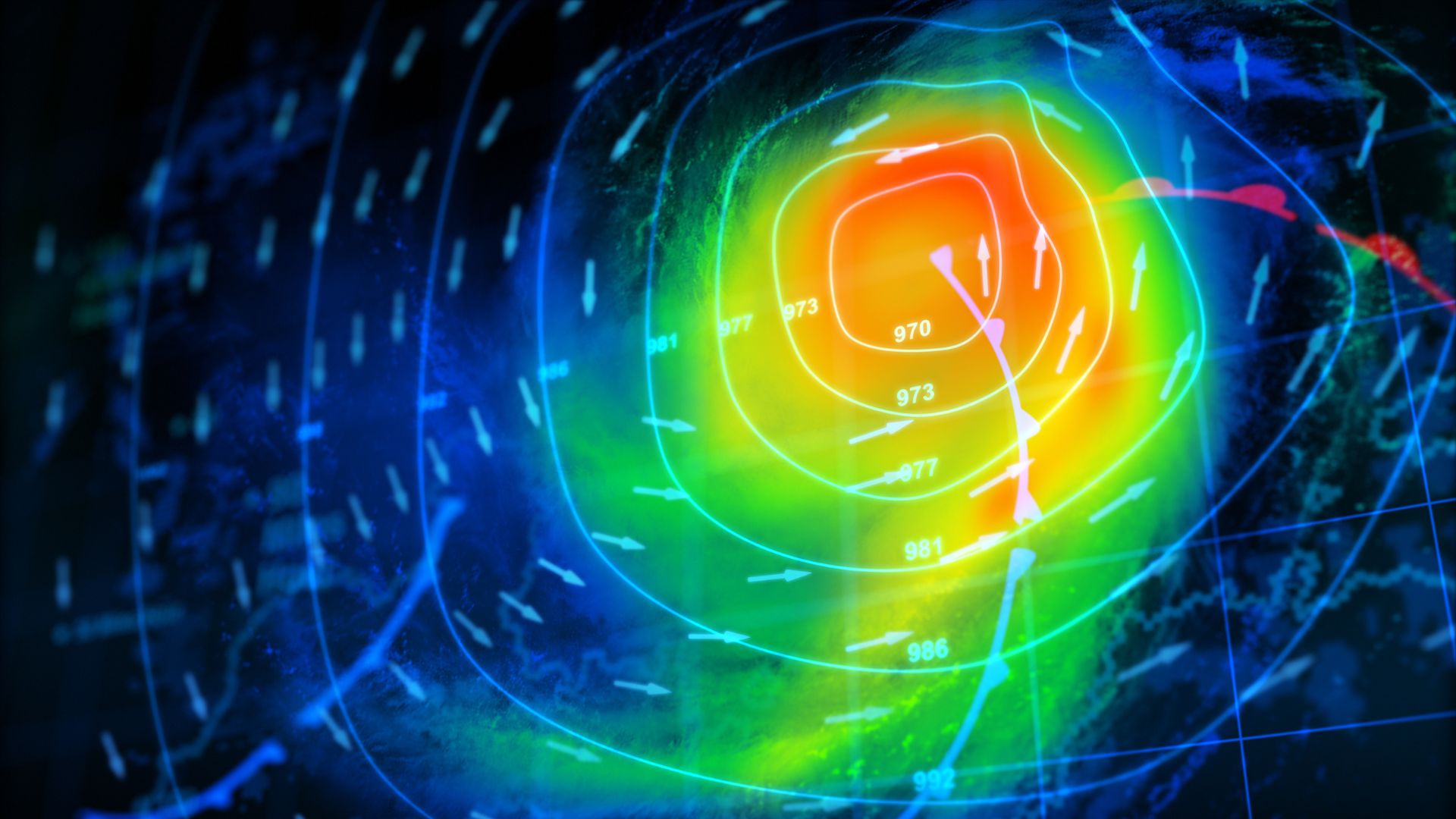Top 5 Satellites Revolutionizing Weather Forecasting

Weather forecasting has dramatically improved over the past decades, thanks to the increasing capabilities of satellites dedicated to atmospheric monitoring. These satellites provide real-time data on cloud formations, storm development, precipitation levels, and temperature changes, enabling meteorologists to predict weather events with greater accuracy. Five satellites stand out as game-changers in the field of weather forecasting.

- GOES-R Series (NOAA, USA) – The Geostationary Operational Environmental Satellites (GOES) provide continuous coverage of weather patterns in the Western Hemisphere. They deliver near-instantaneous images of cloud movements, hurricanes, and severe storms, helping meteorologists issue timely warnings for extreme weather events.
- Himawari-8 (JMA, Japan) – This geostationary satellite serves the Asia-Pacific region, delivering high-resolution imagery every 10 minutes. Himawari-8 is essential for monitoring typhoons, monsoons, and volcanic eruptions, providing data crucial for disaster preparedness and aviation safety.
- MetOp Satellites (EUMETSAT, Europe) – The MetOp series operates in polar orbits, collecting detailed atmospheric data for climate research and long-term weather predictions. These satellites provide critical information on temperature, humidity, and wind patterns at various altitudes.
- Suomi NPP (NASA/NOAA, USA) – This satellite is a key player in monitoring global weather and climate trends. It features advanced sensors that track cloud cover, wildfires, sea ice changes, and air quality, offering invaluable data for both short-term forecasts and long-term environmental studies.
- Sentinel-5P (ESA, Europe) – Primarily focused on air quality and atmospheric composition, Sentinel-5P plays a crucial role in tracking pollutants like nitrogen dioxide, ozone, and methane. This information helps scientists predict weather changes influenced by air pollution and climate patterns.

As technology advances, new generations of weather satellites will continue to improve forecasting models, making predictions more precise and enabling early warnings for extreme weather events. These developments will enhance public safety, disaster preparedness, and long-term climate research.

